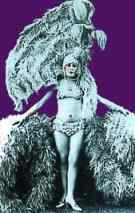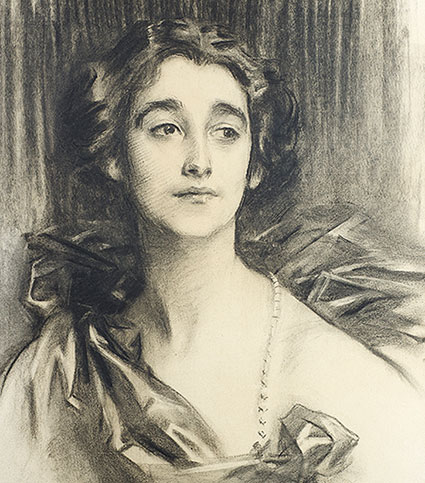
Style and Fashion
 Sanditon by Jane Austen And Another Lady: "Women drive this ... They're so well written ..."
Sanditon by Jane Austen And Another Lady: "Women drive this ... They're so well written ..."
"Inspired by Jane Austen’s unfinished final novel, Sanditon is a compelling depiction of a developing Regency seaside town at the forefront of the great social and economic changes of the age. When a carriage accident introduces the young Charlotte Heywood to the Parker family, she embarks on a journey from the only home she has ever known to the seaside idyll of Sanditon. Carried along by the enthusiasm of entrepreneur Tom Parker for the development of the once small fishing village into a fashionable seaside resort, Charlotte quickly finds herself at the heart of a diverse and unexpected community. From the direct but miserly Lady Denham, on whose fortune the Sanditon project relies, to the bitter fight between the numerous relatives hoping to inherit Lady Denham’s money, Charlotte quickly discovers that not everyone is as they first appear. more »
 James Tissot: Fashion & Faith: “A painting by Mr. Tissot will be enough for the archeologists of the future to reconstruct our era.”
James Tissot: Fashion & Faith: “A painting by Mr. Tissot will be enough for the archeologists of the future to reconstruct our era.”
Tissot’s career spanned the English Channel, garnering commercial and critical success both in London and Paris. Though invited by Degas to exhibit with the Impressionists, Tissot declined. He turned to social events and balls, painting metropolitan life with great attention to detail, humor and pathos. Upon close study, even his most ebullient society pictures reveal rich and complex commentary on Belle Époque culture, religion, fashion, and politics. more »
 John Singer Sargent’s Charcoal Portraits, Records of Artistic and Cultural Friendships, as Well as Networks of Patronage
John Singer Sargent’s Charcoal Portraits, Records of Artistic and Cultural Friendships, as Well as Networks of Patronage
John Singer Sargent (1856–1925) was one of the greatest portrait artists of his time. While he is best known for his powerful paintings, he largely ceased painting portraits in 1907 and turned instead to charcoal drawings to satisfy portrait commissions. Many sitters recounted the speed and confidence with which Sargent worked; he finished most of these charcoals in less than three hours. The artist would often invite friends to drawing sessions to keep the sitters entertained and also to help enliven their features. The finished charcoal portraits are valuable testaments to Sargent’s prodigious skill as an artist and draftsman. more »
 What Were We Thinking? Mink Stoles, Kid Leather Hats, Frilly Petticoats, Frocks, Tchotchkes, Fine China for “Company”
What Were We Thinking? Mink Stoles, Kid Leather Hats, Frilly Petticoats, Frocks, Tchotchkes, Fine China for “Company”
Rose Madeline Mula writes: I wore frilly, voluminous petticoats that propped up impossibly full dresses. Yes, these may have been ridiculous — but I think far preferable to today’s skirts and dresses that are stretched so tightly across tummies and tushies that they produce a series of unsightly horizontal wrinkles that have somehow become an accepted fashion statement instead of an abomination to be banished by a steam iron. And it’s amazing how women manage to sit while their torsos are bound in those impossibly tight, short frocks. (“Frocks.” Now that’s a word that really dates me.) more »






